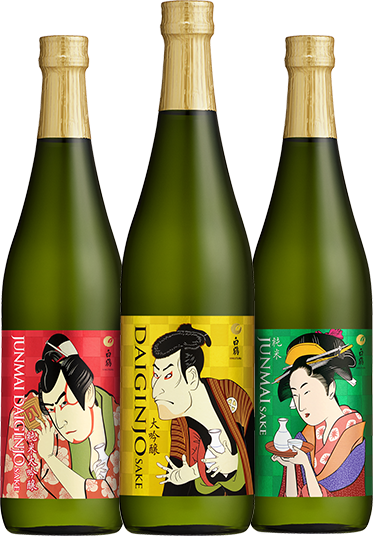THE ART OF UKIYO-E
Ukiyo-e (ooh-kee-yoh-eh) is a Japanese woodblock print or painting of famous kabuki actors, beautiful women, travel landscapes and city life from the Edo period. Ukiyo-e is significant in expressing the sensual attributes of Japanese culture from 17th to 19th century.
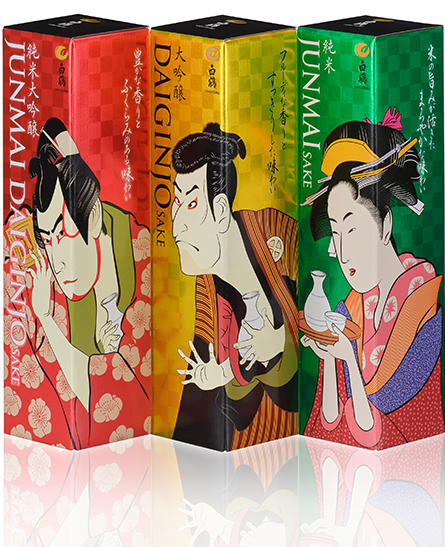
THE ART OF HAKUTSURU
UKIYO-E JUNMAI DAIGINJO
This woodblock print depicting the character of Umeomaru is so famous that it has become synonymous with aragoto, the flamboyant, powerful style of acting. It is one of the most sought-after roles by even contemporary kabuki actors. In 1796, artist Kabukido Enkyo portrayed Ichikawa Yaozo III as Umeomaru that showed a figure of fine appearance.
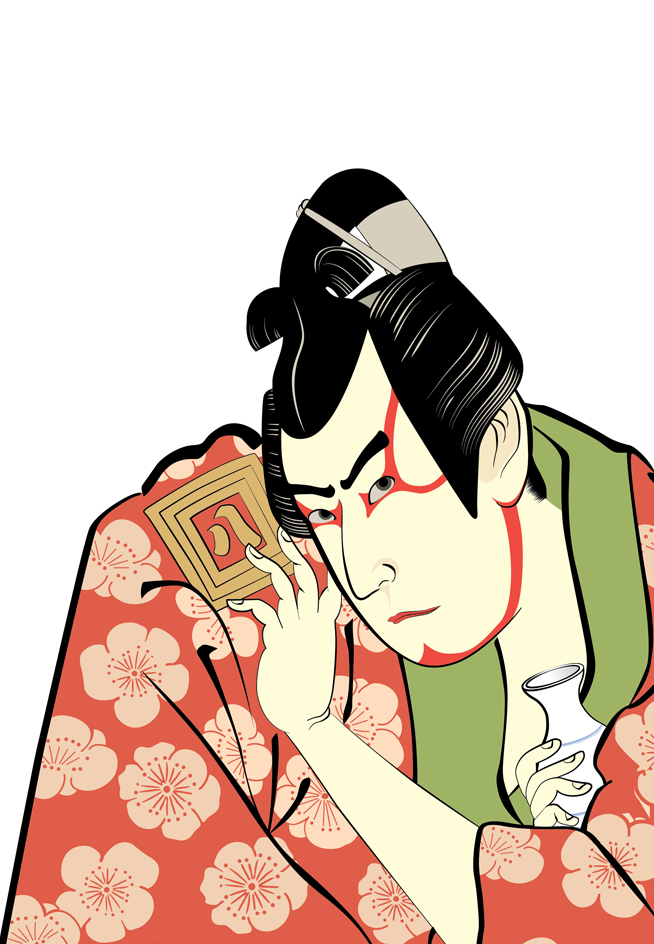
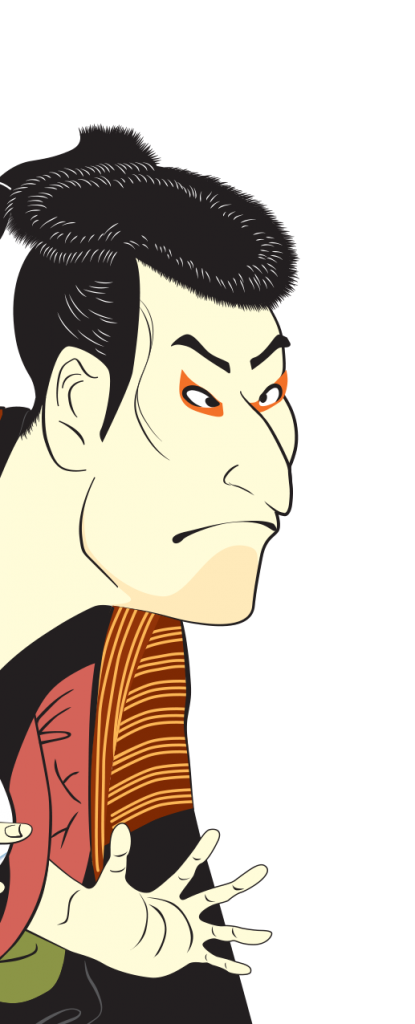
THE ART OF HAKUTSURU
UKIYO-E DAIGINJO
This woodblock print displays the famed kabuki actor, Otani Oniji III, as Yakko Edobei in the play, Koi Nyobo Somewake Tazuna. The play was performed at the Kawarazakiza theater in May 1794. The artist, Toshusai Sharaku, was known for creating visually bold prints that gave a revealing look into the world of kabuki.
THE ART OF HAKUTSURU
UKIYO-E JUNMAI
This painting is the work of Kitagawa Utamaro in 1793, portraying Naniwaya O-kita, one of the most beautiful women in Edo. It is said that her beauty attracted customers to flock to the Naniwaya teahouse to catch a glimpse of her every day.
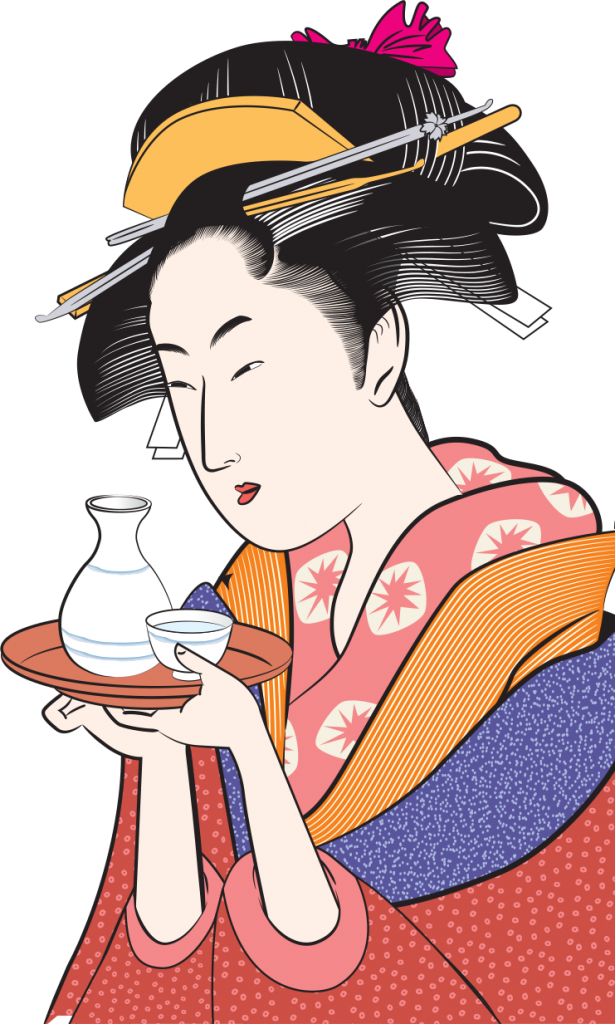
THE ART OF
HAKUTSURU
UKIYO-E JUNMAI
DAIGINJO
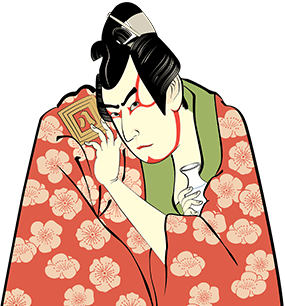
This woodblock print depicting the character of Umeomaru is so famous that it has become synonymous with aragoto, the flamboyant, powerful style of acting. It is one of the most sought-after roles by even contemporary kabuki actors. In 1796, artist Kabukido Enkyo portrayed Ichikawa Yaozo III as Umeomaru that showed a figure of fine appearance.
THE ART OF
HAKUTSURU UKIYO-E
DAIGINJO
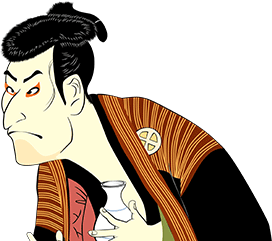
This woodblock print displays the famed kabuki actor, Otani Oniji III, as Yakko Edobei in the play, Koi Nyobo Somewake Tazuna. The play was performed at the Kawarazakiza theater in May 1794. The artist, Toshusai Sharaku, was known for creating visually bold prints that gave a revealing look into the world of kabuki.
THE ART OF
HAKUTSURU UKIYO-E
JUNMAI
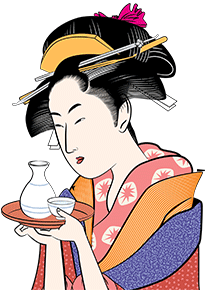
This painting is the work of Kitagawa Utamaro in 1793, portraying Naniwaya O-kita, one of the most beautiful women in Edo. It is said that her beauty attracted customers to flock to the Naniwaya teahouse to catch a glimpse of her every day.

About Hakutsuru
Founded in 1743 in the Nada district of Kobe, Hakutsuru is one of the biggest sake breweries in Japan.
Elegant, thoughtful and delicious sake defines Hakutsuru, but tireless innovation places it in a class of its own. Whether it’s understanding water sources at the molecular level, building a facility to create one-of-a-kind yeast, or developing its own sake-specific rice, Hakutsuru Nishiki, it’s the deep dive into research and development that explains Hakutsuru’s ascension to the top of a centuries-old craft.
Brewery Location: Hyogo Prefecture
Founding Date: 1743
Brewmaster: Tanba Toji
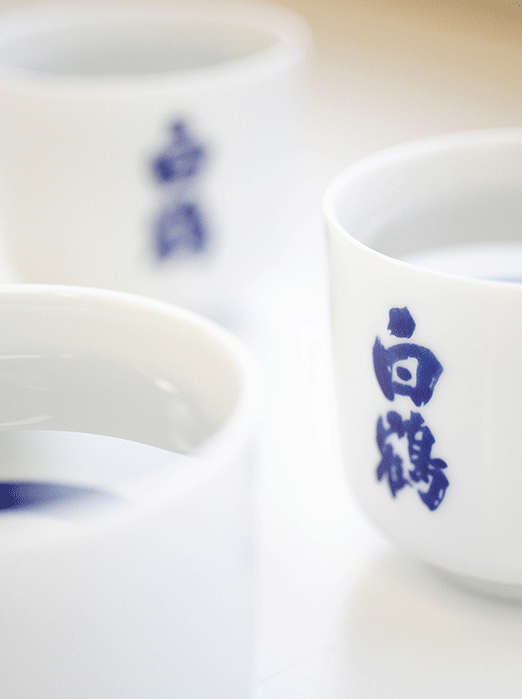


About Hakutsuru
Founded in 1743 in the Nada district of Kobe, Hakutsuru is one of the biggest sake breweries in Japan.
Elegant, thoughtful and delicious sake defines Hakutsuru, but tireless innovation places it in a class of its own. Whether it’s understanding water sources at the molecular level, building a facility to create one-of-a-kind yeast, or developing its own sake-specific rice, Hakutsuru Nishiki, it’s the deep dive into research and development that explains Hakutsuru’s ascension to the top of a centuries-old craft.
Brewery Location: Hyogo Prefecture
Founding Date: 1743
Brewmaster: Tanba Toji

